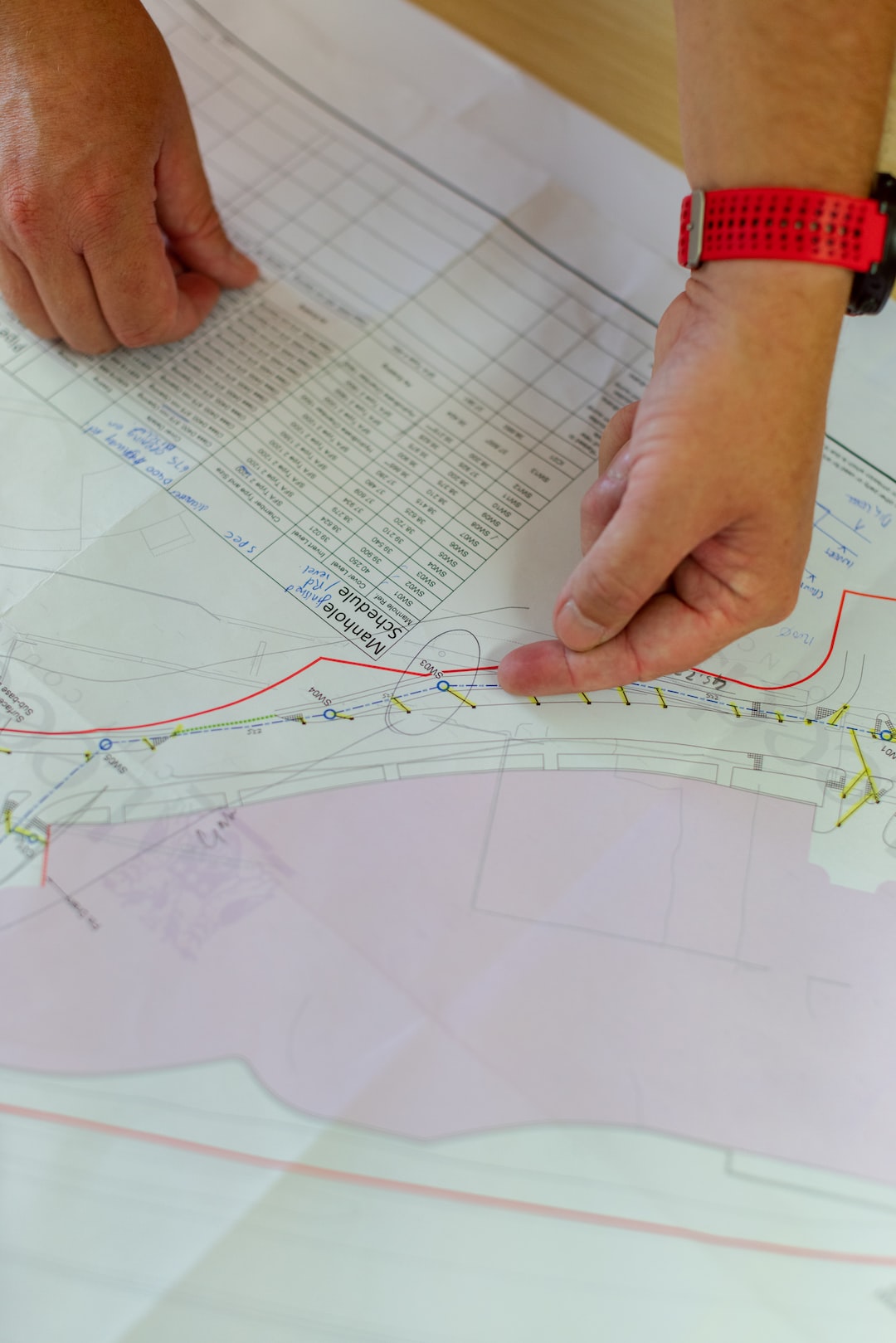The idea of high-speed transportation has always fascinated humans. From the invention of the wheel to the modern-day bullet trains and hyperloops, transportation systems have come a long way. High-speed transportation systems are designed to connect long distances in the shortest possible time, making travel faster, more cost-effective, and efficient.
However, designing high-speed transportation systems comes with several challenges, including technical, economic, environmental, and social challenges that must be overcome to ensure the success of the project. In this article, we will discuss some of the challenges involved in designing high-speed transportation systems.
Technical Challenges
One of the most significant challenges in designing high-speed transportation systems is technical feasibility. Building a high-speed rail system or a hyperloop requires a lot of precision, as even small errors in design or construction can lead to major malfunctions and accidents. Therefore, designing a high-speed transportation system requires engineers and designers to consider a wide range of factors, such as track alignment, elevation, and curve radius, among others.
Another technical challenge is the need for advanced propulsion technologies and energy-efficient systems. High-speed transportation requires efficient power sources, and traditional combustion engines or even electrical systems are not always practical. New propulsion technologies like Maglev or Hyperloop have been developed to address these challenges, but their implementation also requires significant investments in research and technology development.
Economic Challenges
Another key challenge is the high cost of designing, developing, and building high-speed transportation systems. Most high-speed rail and hyperloop systems require significant upfront investments, which can be challenging to secure, especially in developing countries. Governments and private investors must also consider the potential return on investment, as well as the operating and maintenance costs associated with running these systems.
Environmental Challenges
High-speed transportation systems can also contribute to environmental challenges such as noise pollution, air pollution, and the destruction of ecosystems. For example, building a new high-speed rail line through a natural habitat can disrupt animal migration and lead to the loss of valuable ecosystem services. Additionally, high-speed transportation systems can generate significant noise pollution, which can lead to health problems in nearby communities.
Solutions to these challenges include the development of new technologies that reduce the environmental impact of high-speed transportation systems. For example, Maglev trains use less energy than traditional rail systems, reducing the carbon footprint of the transportation system.
Social Challenges
Finally, designing high-speed transportation systems also involves addressing social challenges such as land-use issues, political instability, and public acceptance. High-speed transportation systems require significant amounts of land, which can be challenging to acquire in urban areas with limited space. Additionally, political and social factors can affect the feasibility of these projects, as opposition from local communities or stakeholders can lead to delays or even cancellations.
To address these challenges, high-speed transportation systems must be designed with the input of local communities and stakeholders to ensure their acceptance. Additionally, governments and private investors must work to address concerns about the economic and environmental impact of these systems to build public trust and support.
Conclusion
Designing high-speed transportation systems is a complex process that requires detailed planning, advanced technological solutions, and significant investments. However, by addressing the technical, economic, environmental, and social challenges associated with these projects, governments and private investors can create transportation systems that are safe, efficient, and sustainable for decades to come.


